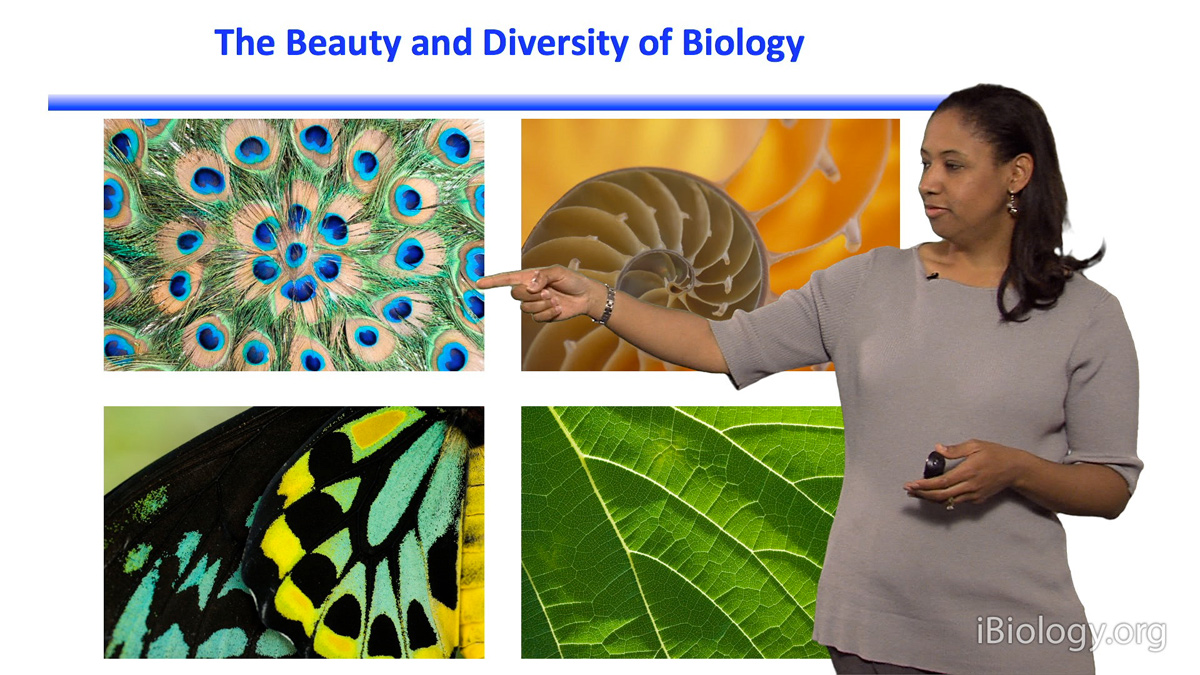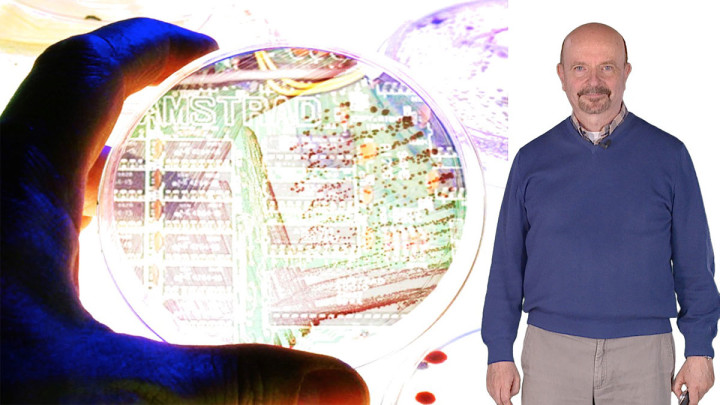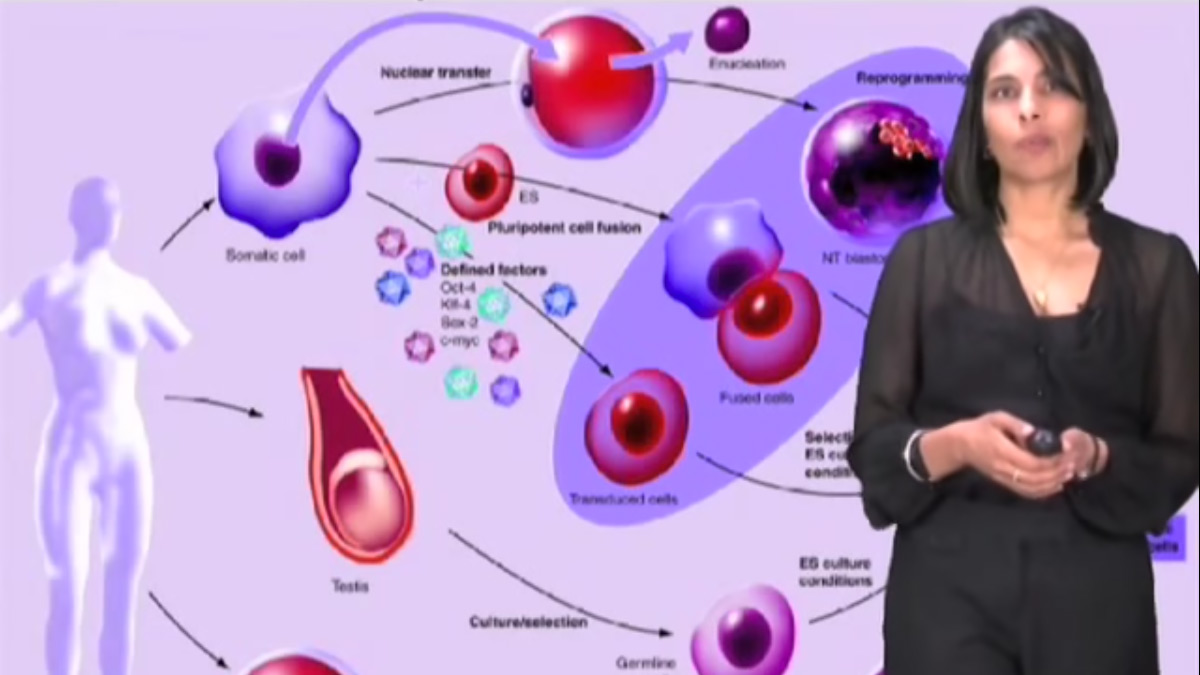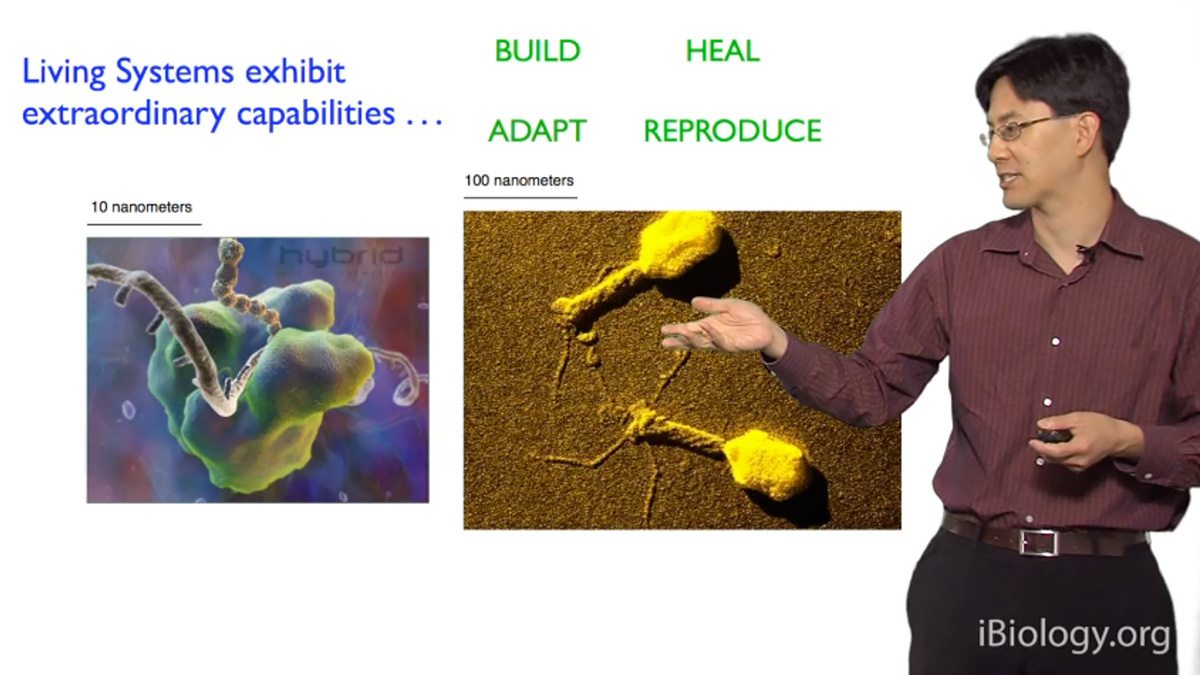Talk Overview
Many bacteria express adhesion proteins that allow them to stick to surfaces and each other, forming biofilms. Biofilms can cause problems such as gum disease and implant contamination. However, by manipulating the adhesion proteins that bacteria express, scientists can control what the bacteria interact with. For example, different strains of bacteria can be engineered to adhere to one another, which might be helpful if several different bacteria are needed in close proximity to break down an environmental contaminant. The participants in the Synthetic Biology in Action course introduced different adhesion genes into a bacterial strain to alter the adhesion properties of the bacteria so that desired traits were expressed on the cell surface.
About the Speaker
Alex Fedorec, PhD student at the University College London
Esteban Martinez Garcia (course instructor), scientist at the Centro Nacional de Biotecnología
Yong Lai, PhD student at the University of Hong Kong
Dharmik Patel, PhD student at the Vellore Institute of Technology, India










Leave a Reply